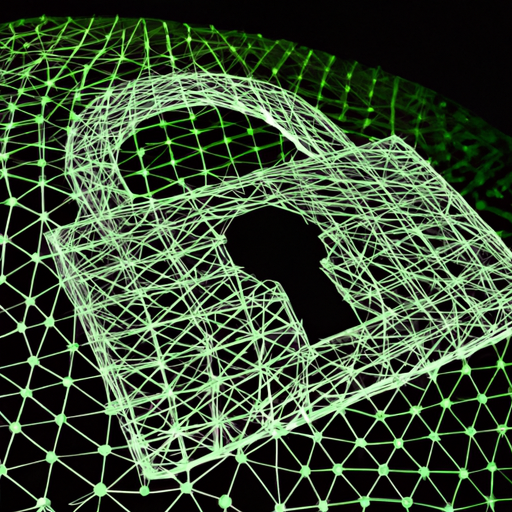In today’s rapidly evolving digital landscape, the concept of Cybersecurity Mesh has emerged as a pivotal architecture designed to address the increasing complexities of securing data and systems. This blog post delves into what Cybersecurity Mesh is, why it is essential, and how it transforms the traditional security framework.
What is Cybersecurity Mesh?
Cybersecurity Mesh is a decentralized approach to security that allows organizations to establish a flexible and adaptable security framework. Unlike traditional security models that rely heavily on perimeters, the Cybersecurity Mesh enables distinct security perimeters around digital assets—no matter where they reside—be it on-premises, in the cloud, or across multiple cloud environments.
The Core Components of Cybersecurity Mesh
- Identity Management: Central to the Cybersecurity Mesh is a robust identity management system that ensures only authorized users have access to critical resources.
- Access Controls: It employs fine-grained access controls that dictate how and when users can interact with different systems and data.
- Security Policies: Policies are defined at the edge of the network, allowing for more agile responses to threats.
- Unified Security Strategy: Cybersecurity Mesh advocates for a cohesive security strategy that integrates various security solutions and tools.
Why is Cybersecurity Mesh Important?
As organizations increasingly adopt cloud technologies, the traditional perimeter-based security model becomes less effective. The Cybersecurity Mesh addresses these challenges by offering:
- Scalability: As businesses grow, their security needs evolve. Cybersecurity Mesh allows organizations to scale their security measures rapidly without sacrificing protection.
- Flexibility: With the rise in remote work and diverse IT environments, a flexible security structure can adjust to changing circumstances and threats.
- Enhanced Threat Detection: The distributed nature of Cybersecurity Mesh improves threat detection and response, as security measures can be rapidly deployed across different environments.
Implementing Cybersecurity Mesh
To successfully implement a Cybersecurity Mesh framework, organizations should consider the following steps:
- Conduct a Security Assessment: Evaluate the current security posture and identify gaps that need to be addressed.
- Define Policies: Create consistent security policies tailored to the specific needs and risks of the organization.
- Integrate Tools: Use a combination of tools that fit into a mesh architecture, ensuring compatibility and efficiency.
- Continuous Monitoring: Develop a continuous monitoring system to ensure security measures are effective and responsive to changing threats.
Conclusion
The shift towards Cybersecurity Mesh represents a significant evolution in how organizations approach their security architecture. By embracing a decentralized security strategy, businesses can better protect their digital assets in an increasingly complex and hostile cyber environment. Emphasizing identity management, access controls, and unified policy strategies is essential in building a resilient cybersecurity posture that can adapt to future challenges.
For organizations ready to take their security to the next level, considering a Cybersecurity Mesh framework could be a game-changer. Embrace the future of cybersecurity and ensure your organization is protected against the evolving threat landscape.





